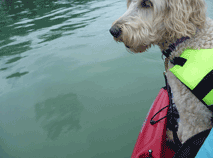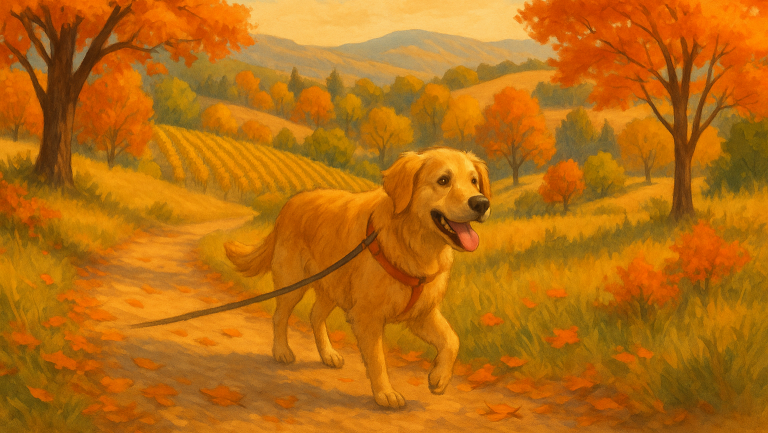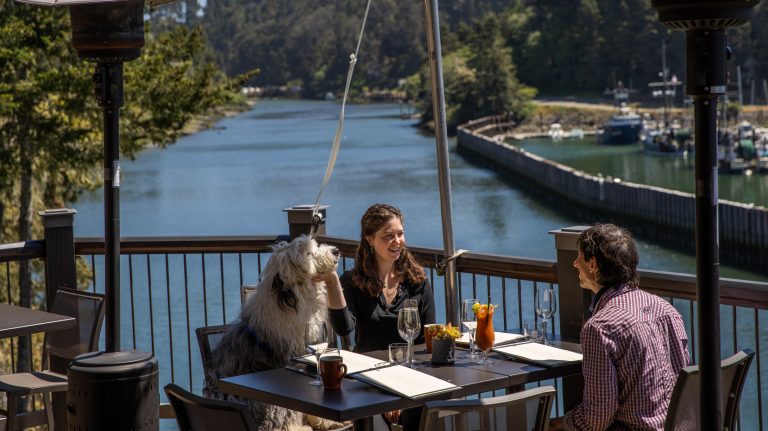 Canoeing or kayaking with your dog can be among the most joyous of shared pastimes. But few dogs, even those who love water, will feel secure at first on the unstable deck of a kayak or the floor of a tippy canoe. Instinct can prompt even the best behaved Buddy to jump out and swim toward land‚ a serious problem if you’re on a river and have current to contend with. Dogs vary in temperament and personality as much as humans, and each individual will respond differently to this new adventure. Some guidelines:
Canoeing or kayaking with your dog can be among the most joyous of shared pastimes. But few dogs, even those who love water, will feel secure at first on the unstable deck of a kayak or the floor of a tippy canoe. Instinct can prompt even the best behaved Buddy to jump out and swim toward land‚ a serious problem if you’re on a river and have current to contend with. Dogs vary in temperament and personality as much as humans, and each individual will respond differently to this new adventure. Some guidelines:
- Whether you own a paddle craft or are renting, training is essential before Fido’s first time out. Make a game of it by rewarding your dog for getting in and out of the canoe and for sitting still while you sit in it with him and rock back and forth. Then, practice in shallow water until your dog demonstrates a psychological willingness to stay in, stay still and enjoy the ride.
- Choose a location where motorboats aren’t allowed. A lazy river, small fishing lake or quiet cove are your best bets. Stay away from locations where wind, waves and wakes factor into the picture.
- Choose a canoe or kayak with a low center of gravity and sufficient surface area for the dog to sit and not have to be constantly scooting and sliding around. A bath mat or scrap of artificial turf can provide welcome traction on slippery surfaces. Bear in mind that you can’t paddle efficiently with a dog on your lap. You both need elbow room to be safe on the water.
- Make sure your dog is trained to sit and to come when called no matter what the situation. You don’t want him bolting for land and being a nuisance to others, much less getting lost in the woods.
- If you’re new to paddling, don’t venture out farther than you can swim. Even so, you should know at least in theory what to do if you capsize.
- Most dogs like swimming, but few like lying or sitting in water that collects in the bottom of a kayak or canoe. Use a bilge pump or sponge to keep it as dry as you can.
- A canine flotation device with a handle on the back is a good investment even for dogs who love to swim. The flotation keeps noses safely out of the water, while the handle makes hauling a dog back into the boat a less risky proposition than having him try to claw his way aboard.
- Never leash a dog to a boat. If you feel a leash is necessary for your mutual security, hold it, sit on it or secure it under your foot. A floating leash or check cord is safer than one that could sink and get tangled on underwater obstacles.
- A tired dog is a happy dog. Make sure yours has had had enough exercise to “take the edge off” before asking her to do something as exciting as going for a canoe or kayak ride.
Photo: "Tesla's First Kayak Ride" – Robin Grantham (CC)










